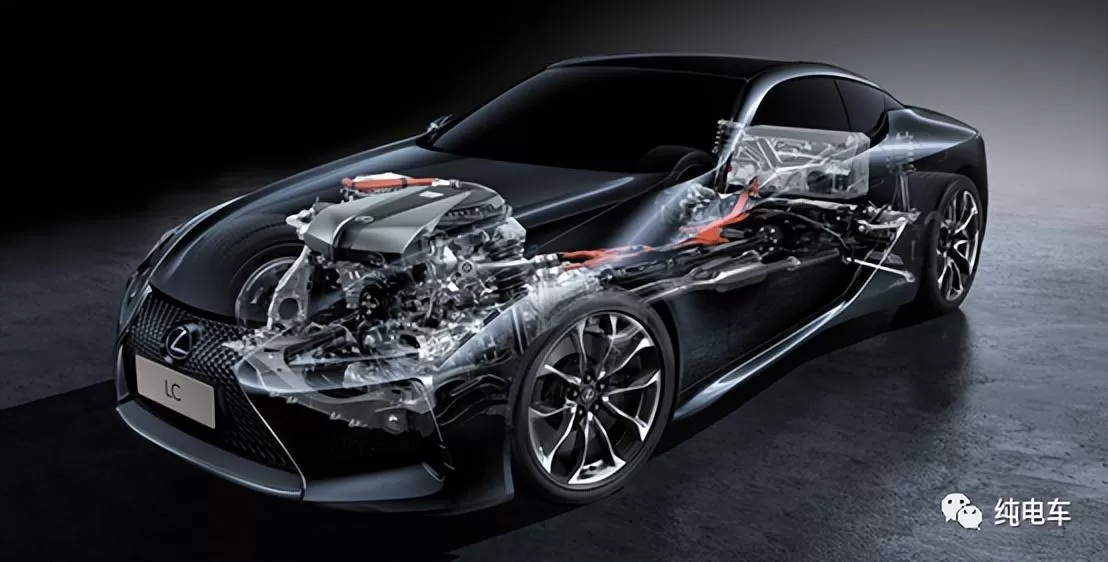In fuel cars, the transmission is crucial for converting the engine’s power into suitable power to control the car’s speed. The major difference between electric cars and fuel cars is their power source, and electric cars don’t need a transmission to achieve extremely fast acceleration, surpassing many fuel cars. But why don't electric cars need this important component that has been essential in fuel cars for over a century?
To answer this, let’s first understand why fuel cars need a transmission.
The torque range directly output by the engine is relatively small, whereas starting the car or driving uphill requires high torque, and high-speed driving requires lower torque. If the engine’s power were used directly to drive the car, it would be difficult to achieve starting, uphill driving, or high-speed travel. Additionally, reversing the car also requires a transmission.
So why can the transmission adjust the engine’s torque and speed? This involves the principles of gears and levers. A transmission contains multiple gears of different sizes. By combining these gears in various ways, the transmission can adjust the engine’s torque and speed. Low torque can be converted into high speed, and low speed can be converted into high torque.

The transmission's functions can be summarized into three main points:
1. Changing the transmission ratio: Increasing the range of torque and speed for the drive wheels.
2. Enabling reverse driving: Allowing the car to move backward while the engine direction remains unchanged.
3. Using neutral gear: Interrupting power transmission from the engine, allowing it to start and idle.
Electric cars have a completely different power output method compared to fuel cars. Their power comes from batteries, and their output is provided by a DC permanent magnet synchronous motor, which has strong acceleration power. Like a sprinter, it has explosive acceleration from start, with speeds usually reaching over 10.000 RPM. As you press the accelerator, the higher the current input, the greater the motor's torque, increasing the speed purely through high RPMs.
The motor’s torque increases with speed, eliminating the need for a transmission. This significantly improves the efficiency of converting electrical energy into kinetic energy. Omitting the transmission saves on complex mechanical structures and reduces unnecessary energy loss. Another feature of motors is that, at constant voltage and current, higher speed means lower torque, maximizing motor efficiency. Hence, at a given power input, the motor will automatically maintain the most efficient way to output power.
Electric cars can reverse by having the controller reverse the motor. Unlike fuel cars, pressing the accelerator while the car is in reverse gear will have no effect while moving forward; the car must stop before the reverse gear can be engaged. This is because the controller has a signal for motor direction; if the motor reverses suddenly while moving forward, the controller enters a protective state.
By controlling the current input to the motor, electric cars can control the motor speed and thus the car’s speed, eliminating the need for a transmission. This not only avoids impacting normal driving but also reduces unnecessary energy consumption. Therefore, the motor’s functionality is simpler and more powerful than an internal combustion engine, making transmissions unnecessary for electric cars.






